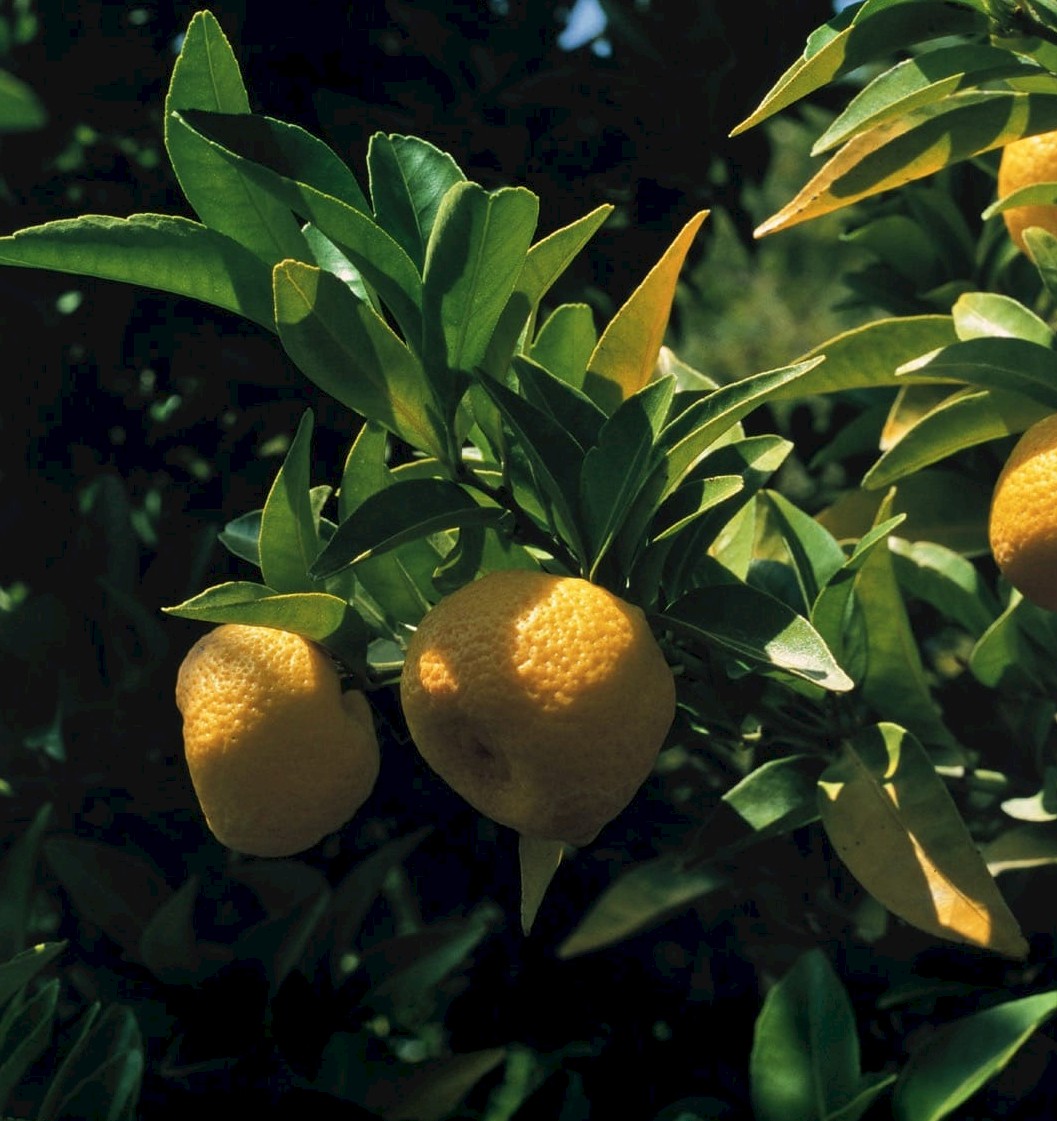Citrus tachibana
Credits
Article from New Trees by John Grimshaw & Ross Bayton
Recommended citation
'Citrus tachibana' from the website Trees and Shrubs Online (treesandshrubsonline.
Genus
Common Names
- Tachibana
Shrub or tree 3–10(–12) m. Branchlets conspicuously angled, with numerous straight thorns, 2–2.5 cm long. Leaves evergreen, chartaceous, 4–8 × 2–4.5 cm (lamina), lanceolate to oblong, secondary veins inconspicuous, margins entire to crenate, apex acuminate and often emarginate; petiole 0.5–1 cm long, narrowly winged. Flower white, 1.2–1.4 cm diameter, 5-merous, axillary, solitary or in clusters of two to three. Pedicel 0.4–0.5 cm long, calyx cup-shaped, petals 1–1.2 cm long, stamens ~20. Fruit yellow, globose, 3.5 × 2–2.5 cm, segments six to eight. Flowering June (Japan). Chang & Hartley 1993, Ohba 1999, Zhang & Mabberley 2008. Distribution JAPAN: Honshu, Kyushu, Ryukyu Is., Shikoku; NORTH KOREA; SOUTH KOREA; TAIWAN. Habitat Evergreen woodland. USDA Hardiness Zone 9. Conservation status Not evaluated. Illustration NT257. Taxonomic note Citrus tachibana probably represents the wild ancestor of C. reticulata (the cultivated Mandarin or Tangerine, widely grown in the warm parts of the world, including the Mediterranean basin) (D. Mabberley, pers. comm. 2007).
Citrus tachibana has yet to make its mark in horticulture, but is potentially a very exciting addition to our gardens, being the hardiest version of the Mandarin (though sadly without its culinary qualities). The only specimens seen in research for the current work are at Quarryhill, where they have made densely clad bushy trees of 3 m, covered in orange fruits when observed in July 2004. These plants were grown from SOJA 362, collected in 1989 in Yakushima, Japan. The parents were found in dense, subtropical evergreen woodland, making substantial trees reaching 10–12 m (W. McNamara, pers comm. 2004). The Quarryhill plants seem to be perfectly happy in northern California conditions, and the website of Trade Winds Fruit (2007–2008) credits the species with hardiness to ‘the low 20s [ºF]’, perhaps –6 ºC. Flowers are borne in winter, with fruit ripening some 18 months later. The fruits are of the Mandarin type, somewhat flattened, with soft, easily peeled skin. The flesh is bitter and somewhat dry and stringy, but tolerable: in the wild it is eaten by monkeys (SOJA 362, collection notes).

